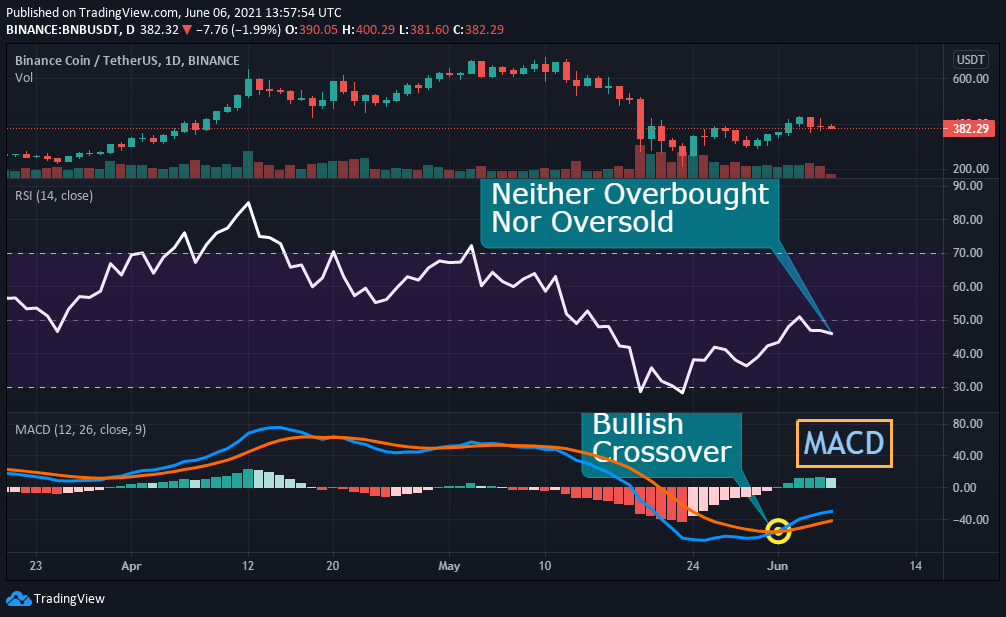

“Weaker” versions of the EMH do not discredit fundamental analysis, but “stronger” forms argue that it’s impossible, even with rigorous research, to gain a competitive edge. The theory suggests that financial markets represent all known information about assets (that they are “rational”) and that they already take into account historical data. Proponents of the efficient market hypothesis (EMH) believe that it’s impossible to consistently outperform the market with technical analysis (TA). They aim to identify ideal points for entering and exiting positions. They don’t concern themselves with studying external factors, preferring instead to focus on price charts, patterns, and trends in markets. In essence, fundamental analysts believe that stock price is not necessarily indicative of the stock’s true value – an ideology that underpins their investment decisions.Ĭonversely, technical analysts believe that future price movement can be somewhat predicted from past price action and volume data. In fact, it might make more sense to question what each brings to the table. And yet, both provide data relevant to trading. Fundamental analysis and technical analysis stand in stark contrast and rely on significantly different methodologies to analyze different things. Traders and investors new to the cryptocurrency, forex, or stock markets are often confused over which approach to take. Armed with the data from your analysis, you can make informed decisions about whether to buy or sell that particular company’s stock. If it’s lower than the market price, then you could assume that it’s presently overvalued. If the number is higher than the current price, you might conclude that it’s undervalued. The end goal with this type of analysis is to generate an expected share price and to compare it with the current price. But you could equally adopt a top-down approach, where you narrow down your picks by first examining the bigger picture. The above is what’s known as a bottom-up approach: you start with a company you’re interested in and work your way up to understand its place in the broader economy. Who are the competitors? What demographics is the company targeting? Is it expanding its reach? You could zoom out even further to take into account the economic considerations like interest rates and inflation, to name just a couple of factors. You might then zoom out of the organization to look at the market or industry it’s operating in. Their conclusions can then help to better formulate a strategy that will be more likely to yield good returns.įor instance, if you took an interest in a company, you might first study things like the company’s earnings, balance sheets, financial statements, and cash flow to get a feel for its financial health. To value these accurately, they’ll rigorously study internal and external factors to determine whether the asset or business in question is overvalued or undervalued. In this article, we’ll dive into the basics of fundamental analysis.įundamental analysis is a method used by investors and traders to attempt to establish the intrinsic value of assets or businesses. For the most part, you can sort these techniques into two categories: fundamental analysis (FA) and technical analysis (TA). What we have instead is a vast array of tools and methodologies employed by traders and investors. Or, if there is, Wall Street’s top players ensure that the formula remains a well-kept secret. When it comes to trading – whether you’re dealing with century-old stocks or nascent cryptocurrencies – there’s no exact science involved.

Network value-to-transactions (NVT) ratio Popular indicators in fundamental analysisįundamental analysis and cryptocurrencies


 0 kommentar(er)
0 kommentar(er)
